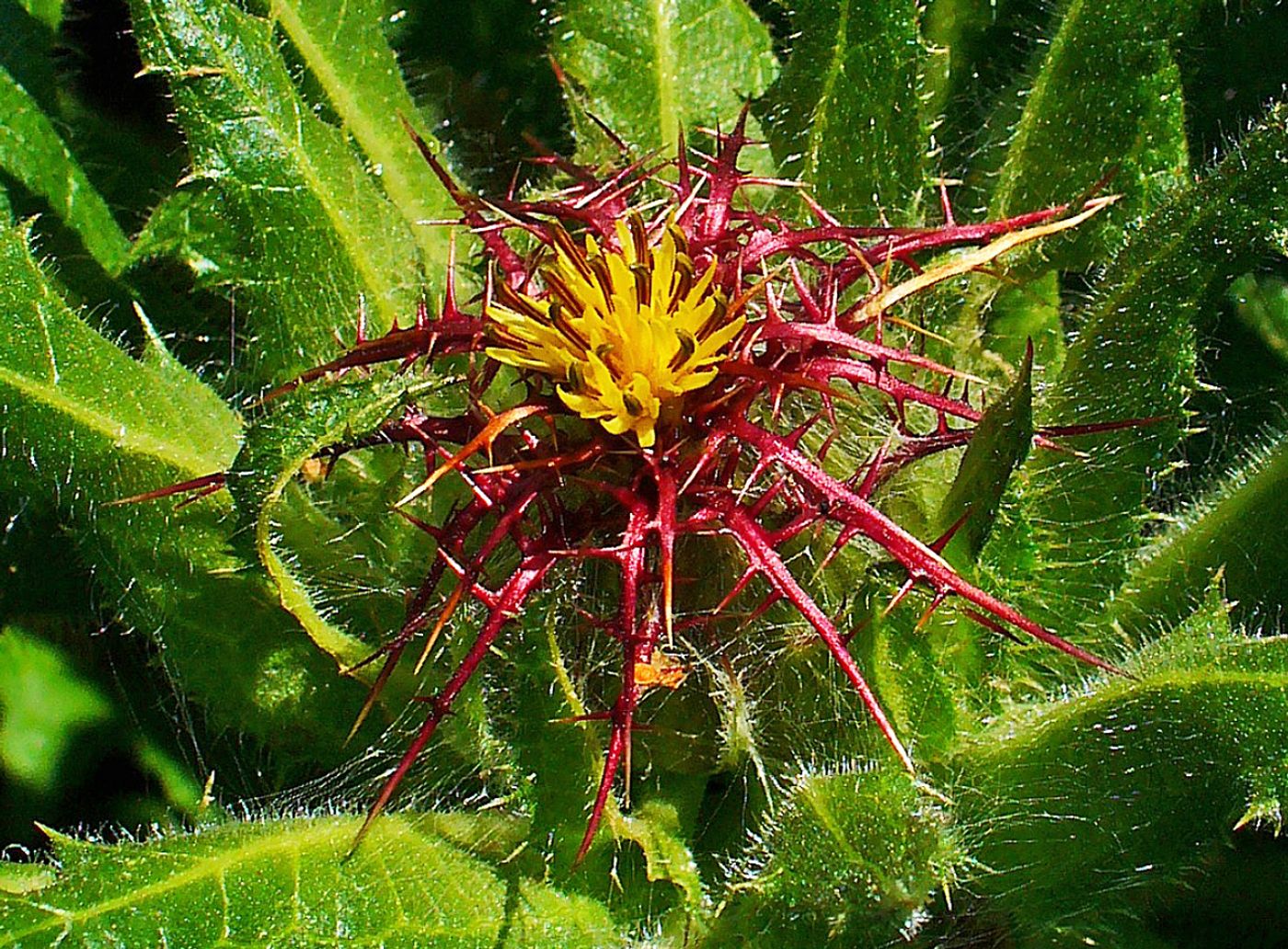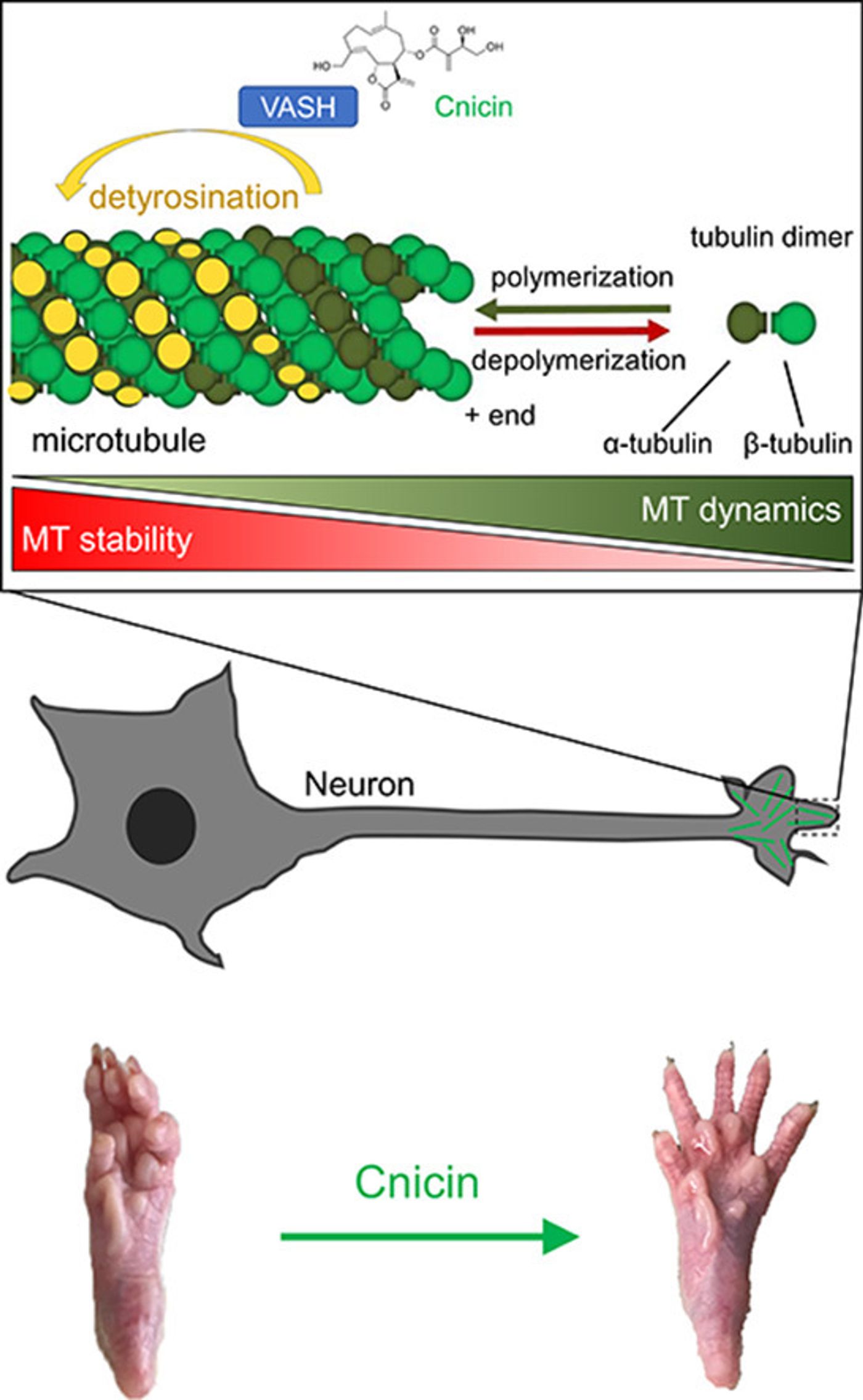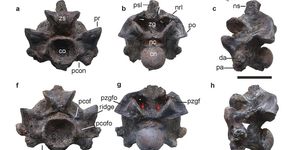Blessed Thistle's Healing Power: Cnicin's Pharmacokinetics and Axon Regrowth Discovered
In nerve regeneration, the pace of recovery can often be a race against time, with critical windows dictating successful outcomes. Recent research by Gobrecht et al. has unveiled a promising avenue for accelerating axon regrowth—a discovery rooted in the therapeutic potential of a Mediterranean native: blessed thistle.
Challenges in Axon Regrowth and Recovery
Researchers have long grappled with the sluggish nature of axon regeneration, which crawls at a maximum rate of 1-2 mm per day. The challenge is compounded by the finite support period provided by Schwann cells in the peripheral nervous system, ending around three months post-injury. Failure to achieve reinnervation within this timeframe can result in lifelong disabilities and neuropathic pain. Seeking novel strategies to hasten axon growth and improve peripheral nervous system (PNS) recovery, scientists turned to the blessed thistle (Cnicus benedictus).
Exploring the Therapeutic Potential of Blessed Thistle
In their investigation, Gobrecht et al. honed in on cnicin—a sesquiterpene lactone derived from blessed thistle—for its potential to spur axon regeneration and functional restoration. Their experiments spanned cell cultures and in vivo models, demonstrating that cnicin significantly accelerates recovery from severe nerve injuries across various species. Importantly, cnicin not only promoted sensory and motor neuron recovery but also facilitated axon growth in vitro, showing promise in rats, mice, rabbits, and human cell cultures.
The study revealed that cnicin's impact extended beyond mere promotion—it actively inhibited enzymes that impede axonal growth, resulting in notable functional recovery post-injury. Not only that but, oral administration proved effective, boosting its potential for practical therapeutic application.
Graphic Abstract (Gobrecht et al., 2024)
Implications for Nerve Injury Treatment and Drug Development
These findings underscore cnicin as a potent candidate for drug development in nerve injury treatment. But those thinking they can skip pharmaceutical development should be cautioned. Due to how precise the dosing of cnicin must be to yield axon growth-promoting effects, at-home extractions or teas of the blessed thistle plant cannot be used to treat nerve injuries.
The study by Gobrecht et al. illuminates a promising path forward in nerve regeneration drug development.
Sources: Phytomedicine










